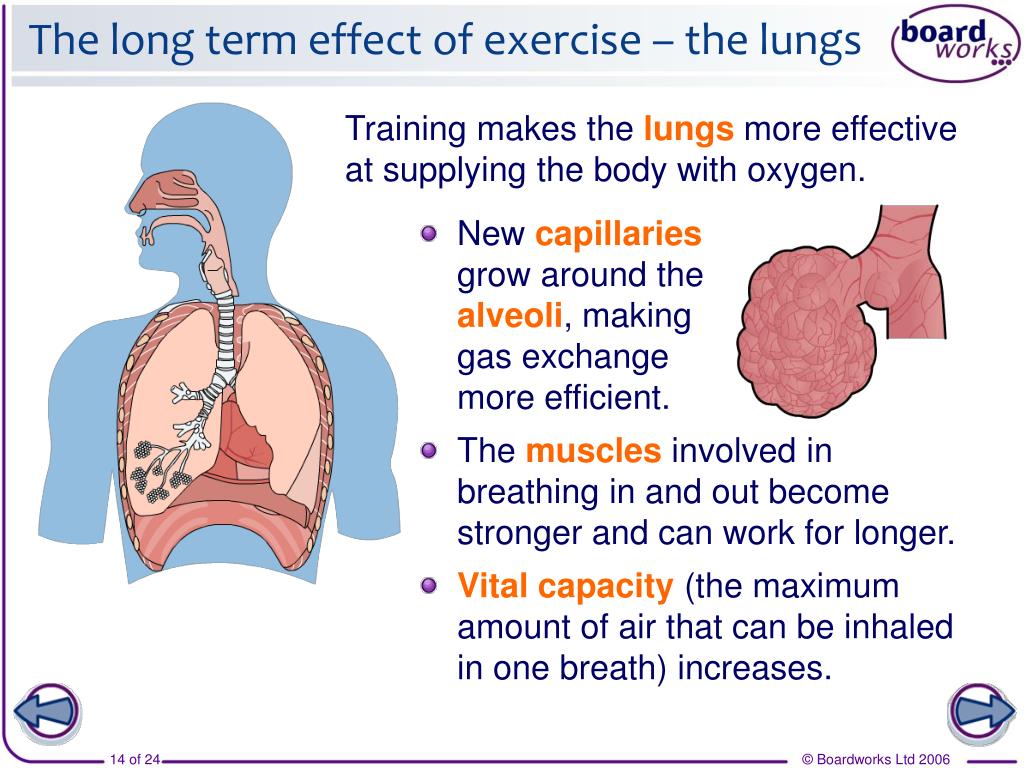
A low V T prevents high P PLAT and alveolar overdistension. An adequate PEEP should reduce alveolar collapse occurring at the end of expiration. Lung-protective ventilation may be based on low V T, low postinspiratory plateau pressure (P PLAT) and adequate positive end-expiratory pressure (PEEP).

Tidal lung collapse and re-expansion causing shear forces should be avoided.

In patients with acute lung injury and acute respiratory distress syndrome (ARDS), adequate gas exchange requires mechanical ventilation however, this can aggravate the condition by causing ventilator-induced lung injury (VILI), particularly at high tidal volume (V T) and high airway pressure. Further studies are needed to investigate potential benefits and limitations over extended study periods. In principle, computer simulation may be used in goal-oriented ventilation in ARDS. Without ASPIDS, total positive end-expiratory pressure and plateau pressure were slightly higher than predicted, and with ASPIDS they were lower than predicted. Measured values of arterial carbon dioxide tension were close to predicted values. V T decreased from 7.2 ± 0.5 ml/kg to 6.6 ± 0.5 ml/kg as respiratory rate increased from 40 to 64 ± 6 breaths/min, and to 4.0 ± 0.4 ml/kg when ASPIDS was used at 80 ± 6 breaths/min. Ventilator resetting guided by computer simulation was then performed, aiming at minimal V T, plateau pressure 30 cmH 2O and isocapnia, first by only increasing respiratory rate and then by using ASPIDS as well.

MethodsĪRDS was induced in eight pigs by surfactant perturbation and ventilator-induced lung injury. We hypothesized that, by applying goal-orientated ventilation based on iterative computer simulation, V T can be reduced at high respiratory rate and much further reduced during ASPIDS without compromising gas exchange or causing high airway pressure. Aspiration of dead space (ASPIDS) allows a reduction in V T by eliminating dead space in the tracheal tube and tubing. Previous studies have demonstrated protective effects of using low tidal volume (V T), moderate positive end-expiratory pressure and low airway pressure. To prevent further lung damage in patients with acute respiratory distress syndrome (ARDS), it is important to avoid overdistension and cyclic opening and closing of atelectatic alveoli.


 0 kommentar(er)
0 kommentar(er)
